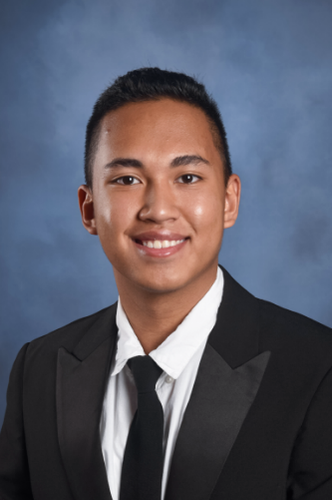Cancer Technologies
(F-221) Manipulation of Burst Pressure within FRESH Vascularization

Resty Mercado (he/him/his)
Student
Rowan University
Glassboro, New Jersey, United States
Presenting Author(s)
Cancer masses can create negative pressure gradients on blood vessels, inducing hypoxia, pH changes and promotion of cancer proliferation, so creating a model to mimic this can help further research on this topic and promote new technologies to solve it. However, recreation of burst pressure simulations with complex microfluidics is limited. The fabrication of a multi-faceted design will allow us to achieve the goal of the creation of a microfluidic setup which allows multi-faceted adjustments to further understand how the pressure of a tumor impacts surrounding vessels.
Materials and Methods::
Freeform Reverse Embedding of Soft Hydrogels (FRESH) is a technique that conceptualizes 3D-printing and soft hydrogel materials to create complex, customizable structures. It has found significant applications in tumor modeling, providing researchers with a powerful tool to study cancer growth and develop new therapeutic strategies.
Burst pressure design plays a significant role in the fabrication of vessels using the FRESH (Freeform Reverse Embedding of Soft Hydrogels) method, particularly in the context of tumor modeling. The ability to accurately design and control the burst pressure of vessels is crucial for creating realistic tumor models that accurately mimic the dynamic behavior of blood vessels within tumors. The FRESH method has 3 main components, the support bath, the protrusion material and the crosslinker. The support bath suspends the protrusion material while the polymers are bonded through the crosslinker, thus hardening it.
Results, Conclusions, and Discussions::
The fabricated design has several requirements that need to be met based on a literature review that was conducted were:
High Accuracy.
Prolonged Testing.
Video/Imaging.
No Leakage.
Burst Pressure Measurement can be applied to all sizes.
Channel size adaptor for tubing.
The use of a Honeywell 24PC Pressure Transducer allowed for a high accuracy pressure reading that provided an easy interface with an Arduino One and a computer. The diameter of vessels are meant to be manipulated to model varieties present in the body, therefore the measurement method should be applicable to all diameter sizes which are going to be tested which the Honeywell 24PC provides as well. Prolonged testing was necessary for several reasons, the possible implementation of a slow burst pressure run, to see prolonged strain. Therefore a continuous peristaltic pump would be optimal. An optical component would be necessary to determine the strain and the recording of burst within the vessels. No Leakage is important for consistent results and to properly simulate a bursting of the vessels. A channel size adaptor should be used to adapt to different tubing sizes for the burst pressure. A 3D-printed design was fabricated for this.
Acknowledgements (Optional): :
References (Optional): :
